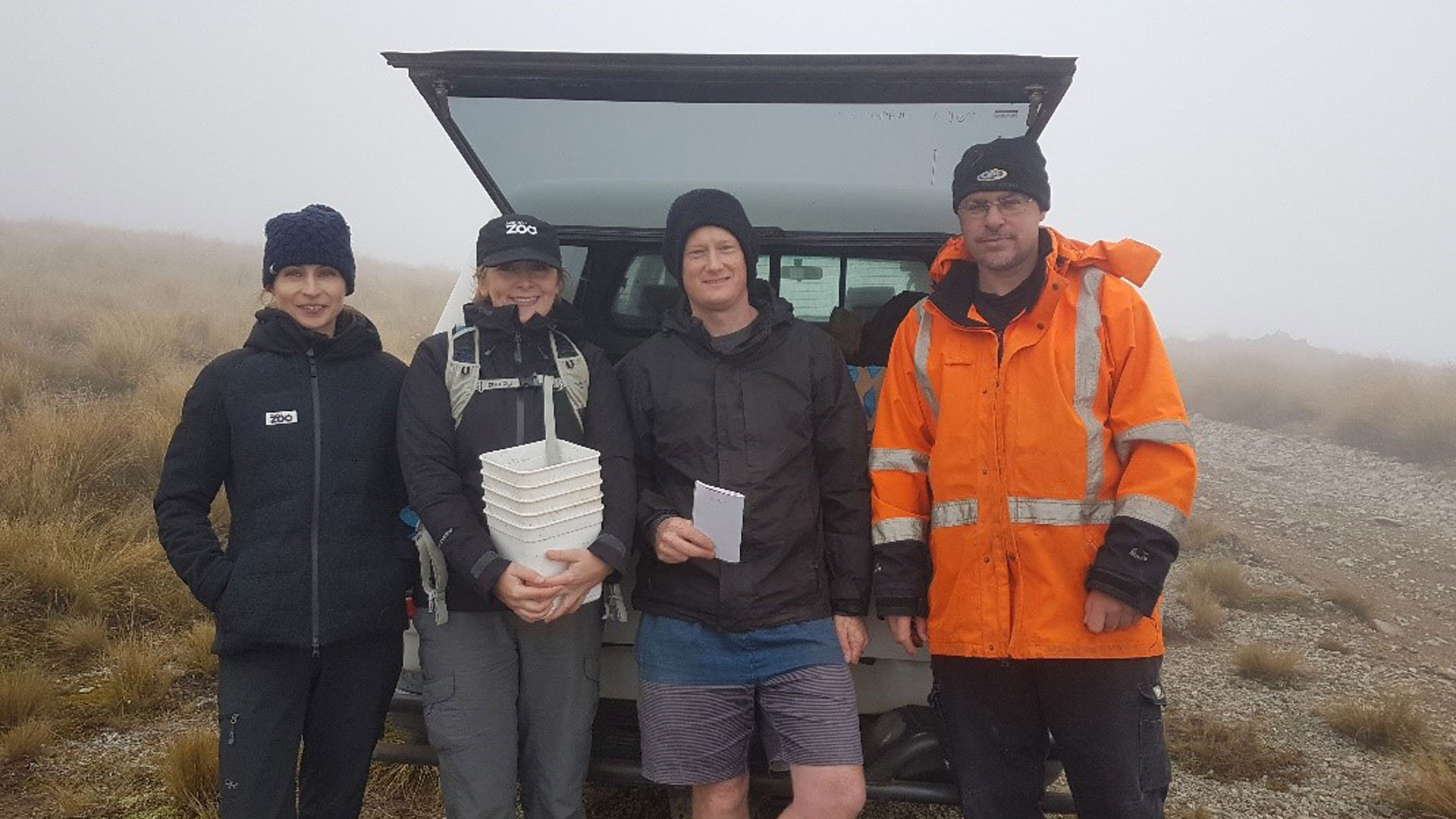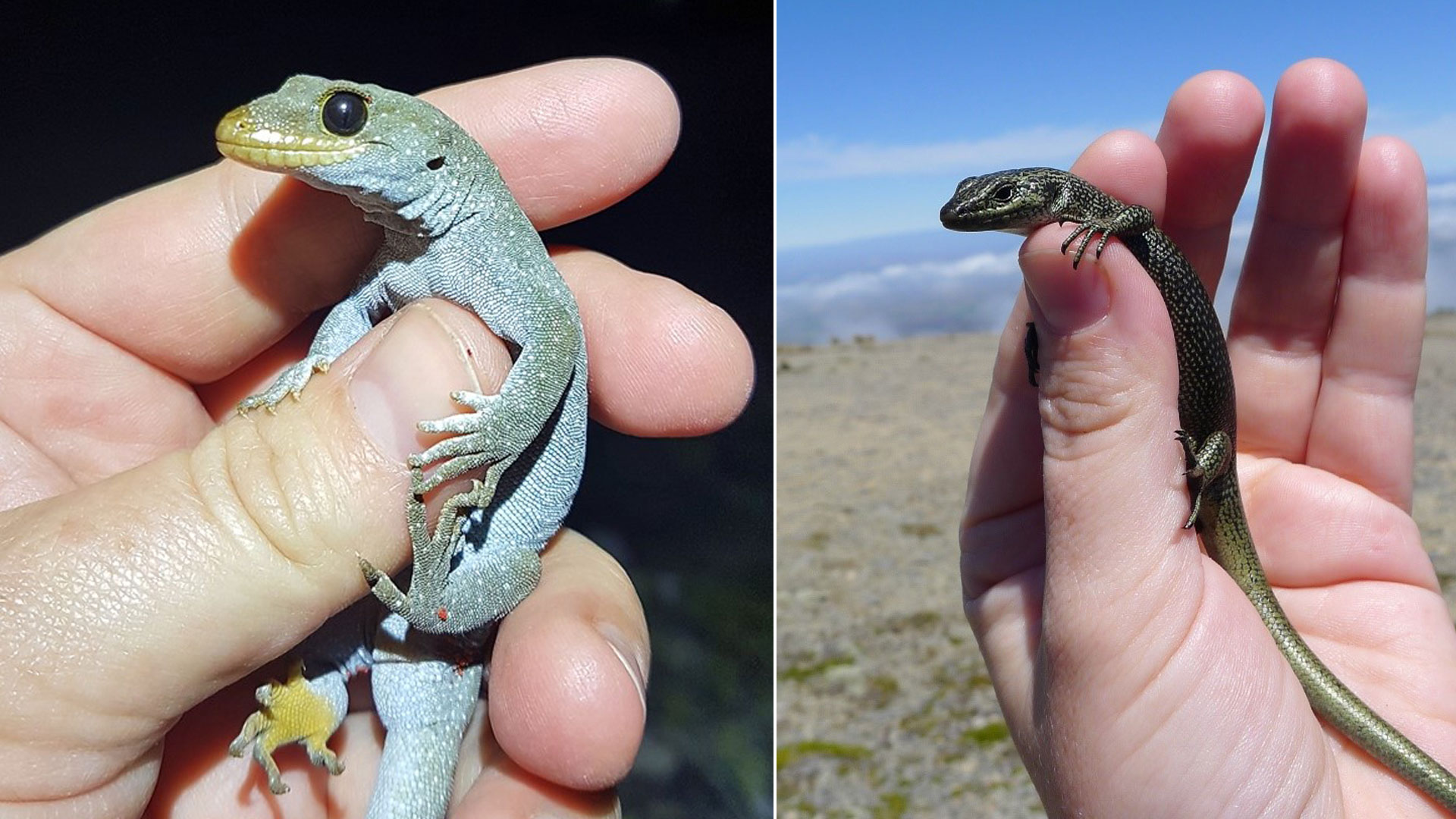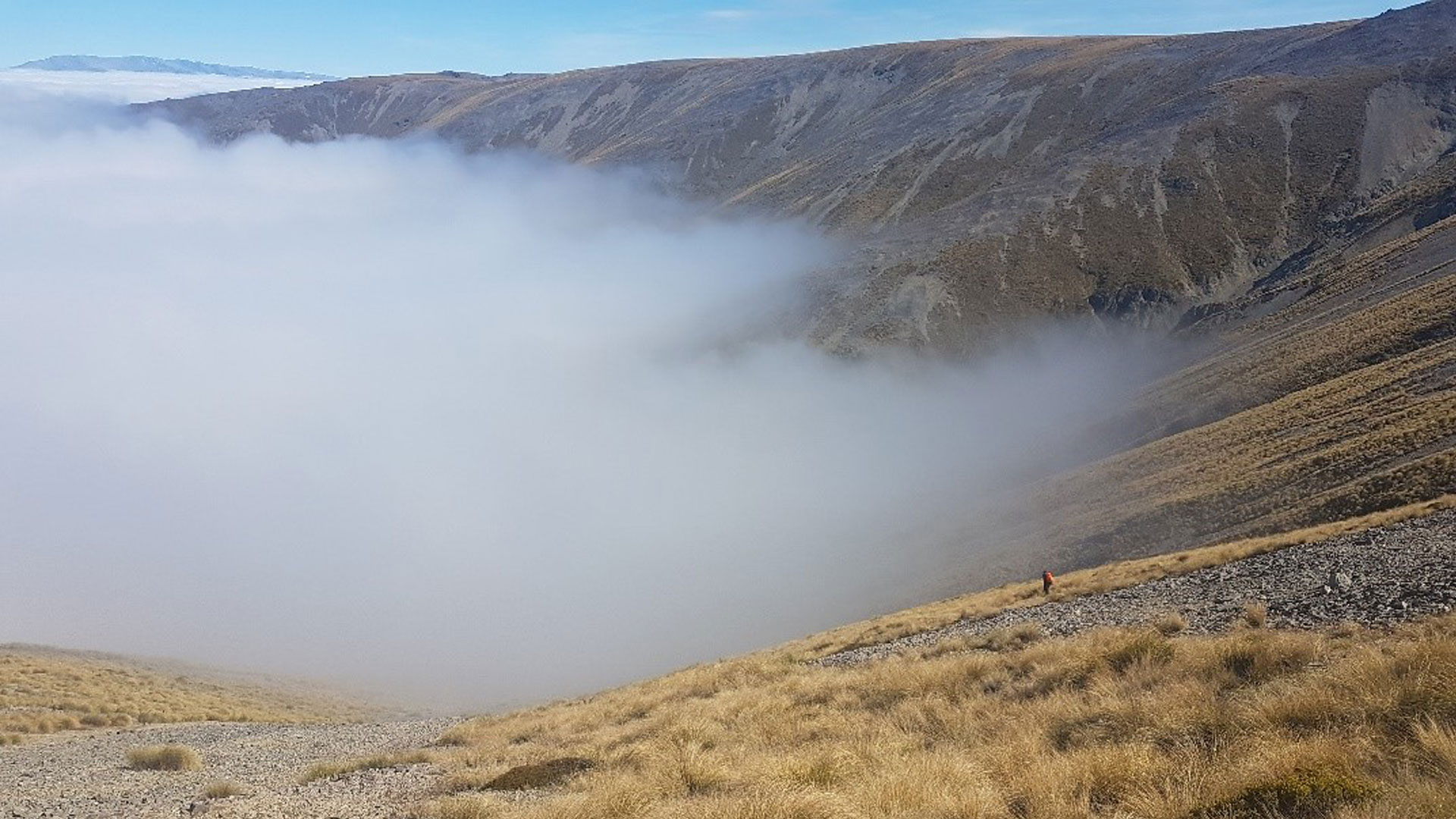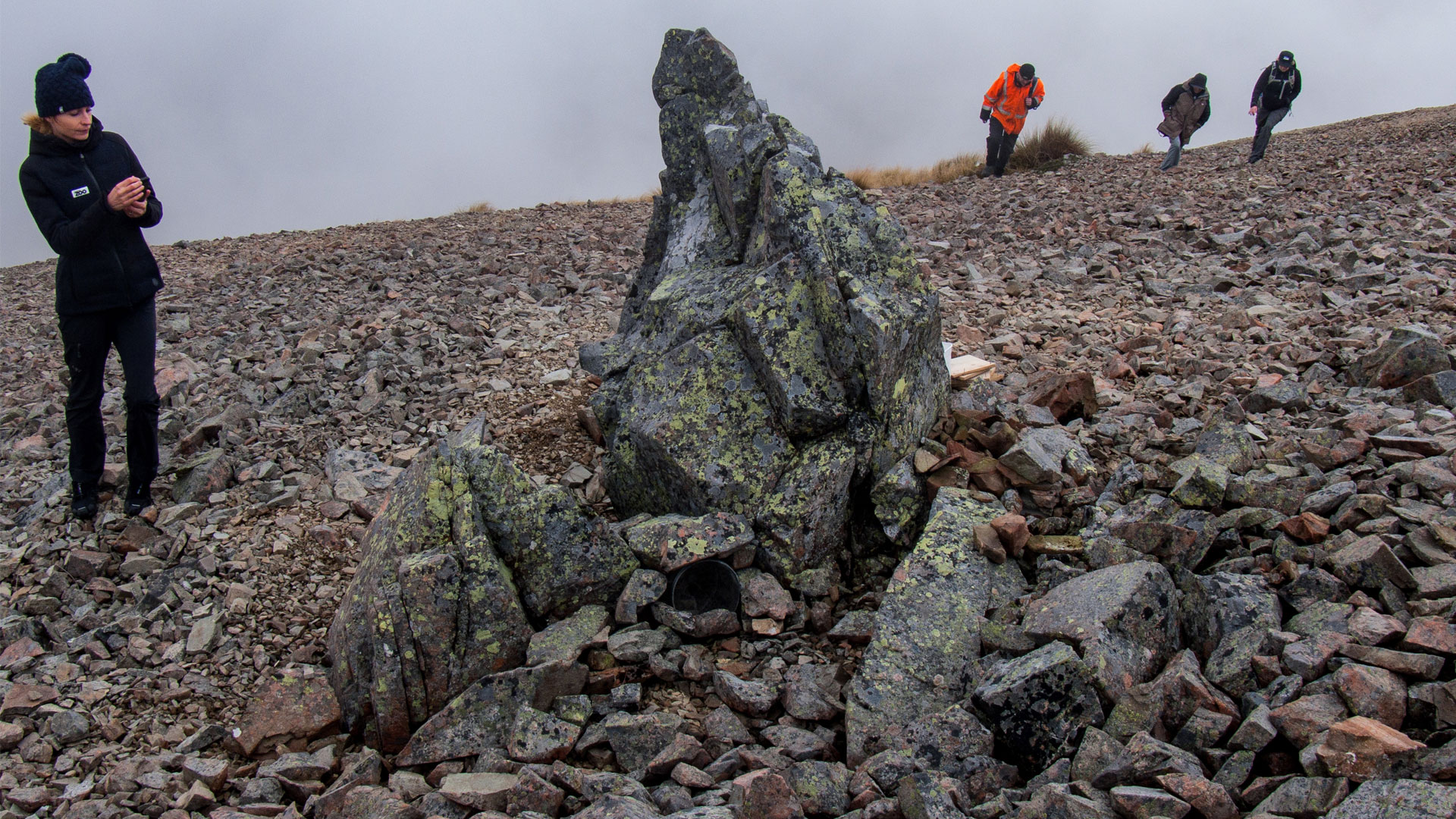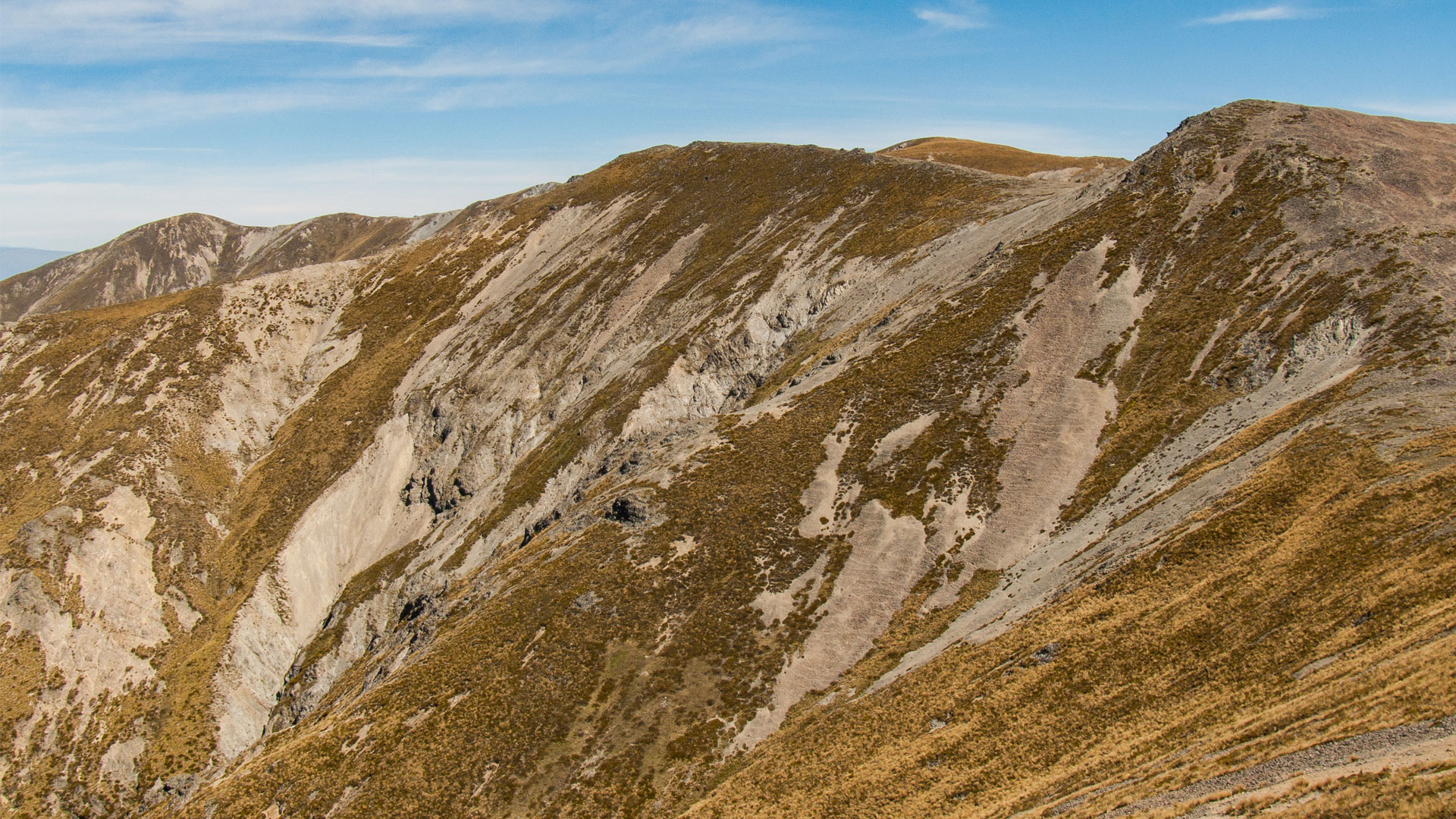How much do you know about our Wild Work? As a not-for-profit conservation organisation, Auckland Zoo is committed to safeguarding our beautiful planet, all of its remarkable species, and spectacular landscapes for generations to come. We bring you #Wildwork Wednesday to show you some remarkable people, undertaking extraordinary work in NZ and abroad.
Last summer, two of our ectotherm keepers boarded a flight to the South Island on a very special mission. They were headed to Oteake Conservation Park, on the border between Otago and Canterbury, a wild land of mountainous high country to learn more about some incredibly rare reptiles.




